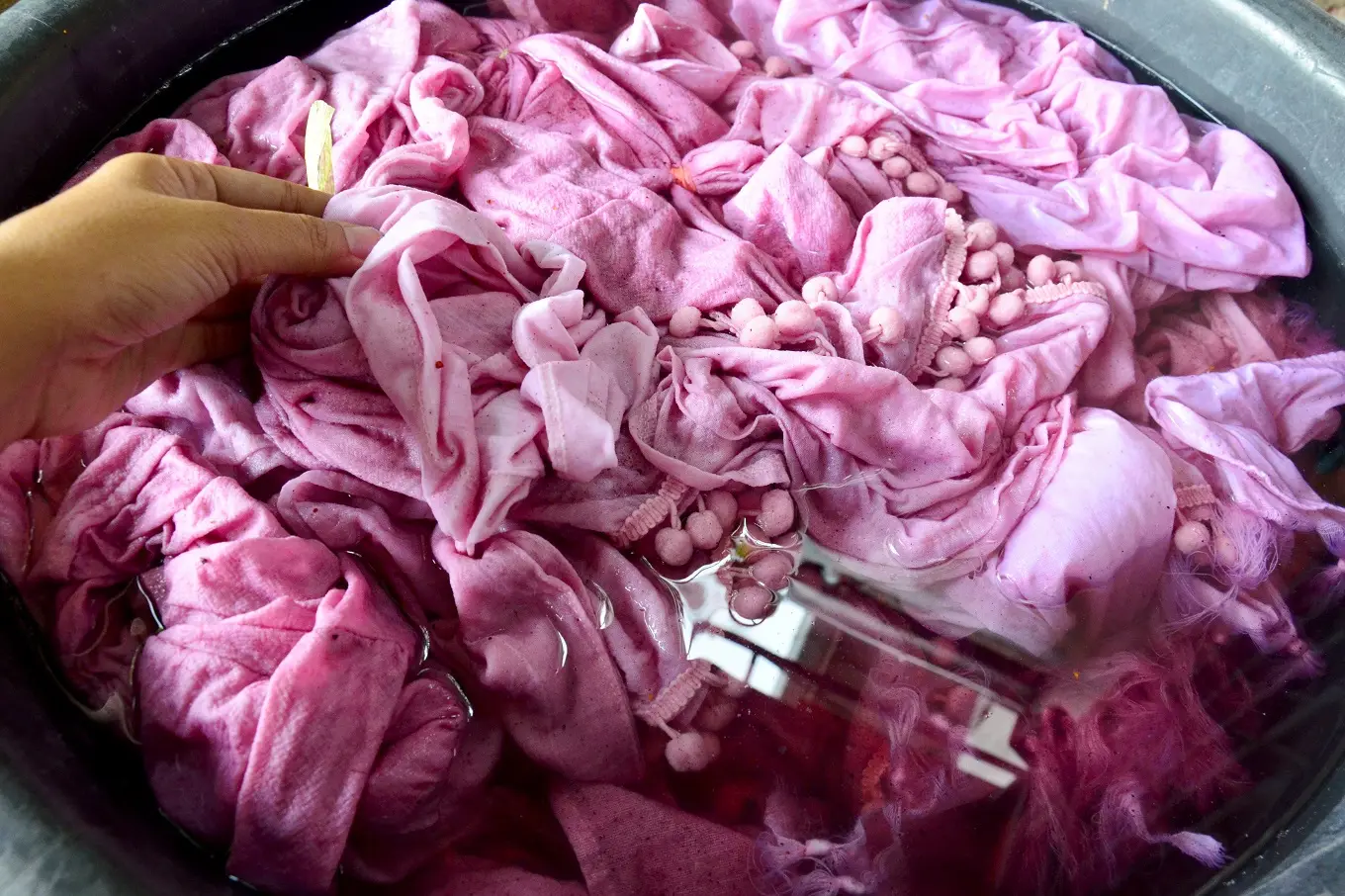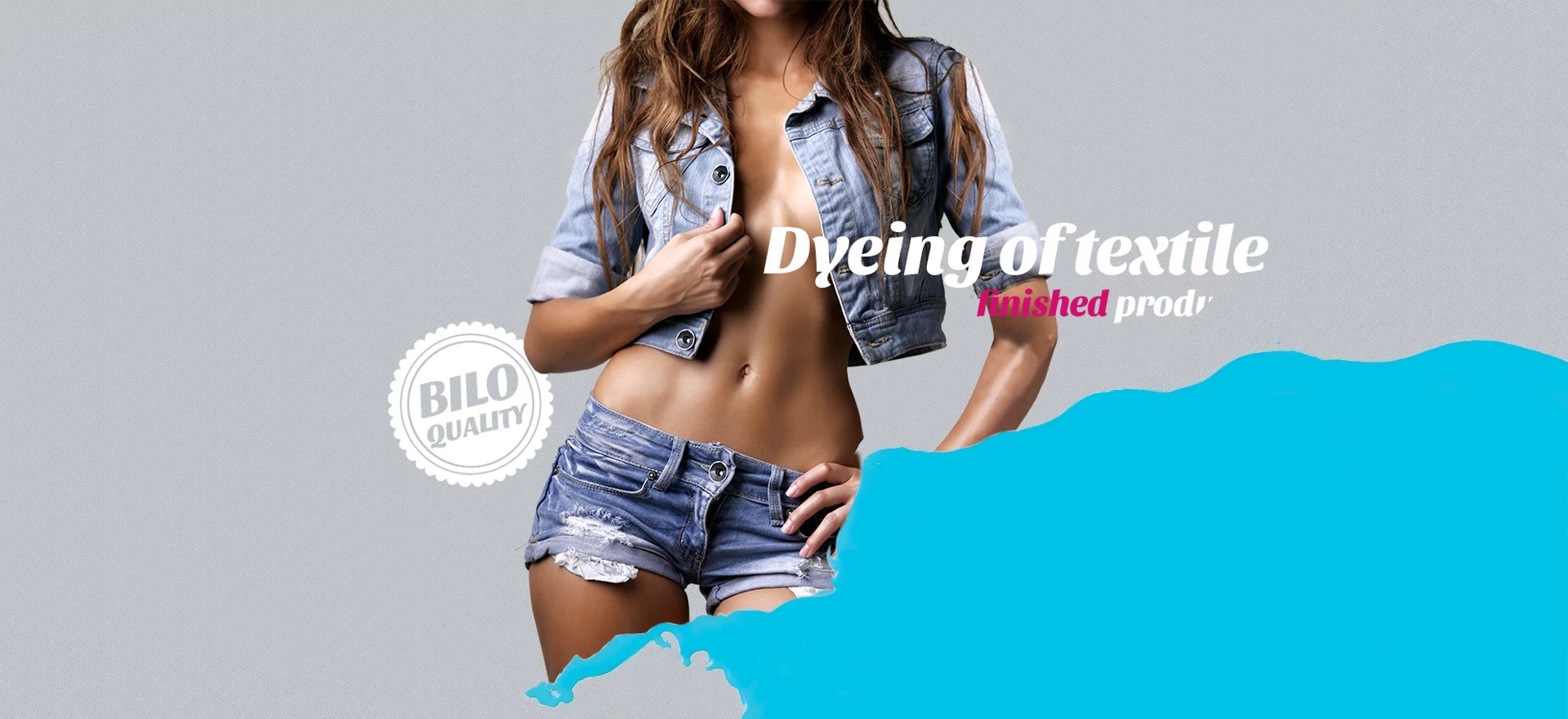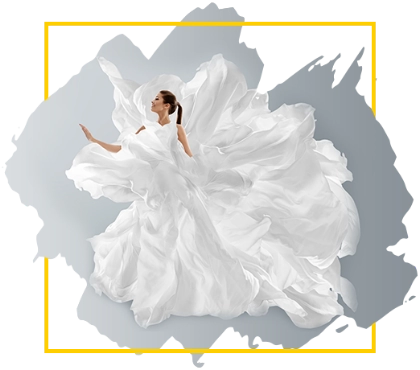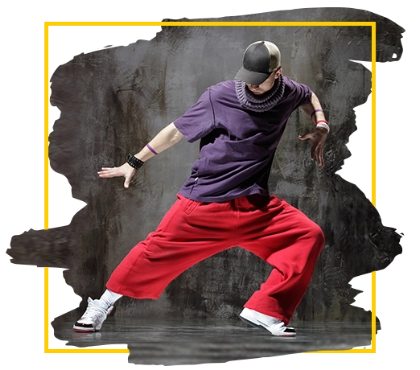Podatność tkaniny na kurczenie jest ściśle związana z rodzajem włókien, z których została wykonana.
Od czego zależy podatność tkaniny na kurczenie?
Podatność tkaniny na kurczenie jest ściśle związana z rodzajem włókien, z których została wykonana. Włókna naturalne, takie jak bawełna, wełna czy jedwab, mają tendencję do kurczenia się pod wpływem wysokiej temperatury oraz wilgoci. W przypadku włókien syntetycznych, takich jak poliester czy nylon, ryzyko kurczenia jest znacznie mniejsze, ale nadal istnieje. Warto zatem przy wyborze tkaniny zwrócić uwagę na jej skład oraz właściwości poszczególnych włókien.
Także splot tkaniny ma bezpośredni wpływ na jej elastyczność i zdolność do kurczenia się. Im luźniejszy splot, tym większa szansa na to, że tkanina ulegnie deformacji. Tkaniny o gęstym splocie, takie jak dżersej czy gabardyna, są zwykle bardziej odporne na kurczenie niż te o luźniejszym splocie, takie jak len czy muslin.
Obróbka włókien
Procesy technologiczne stosowane podczas produkcji tkanin, takie jak merceryzacja, sanforowanie czy kalanderowanie, mogą wpłynąć na ich podatność na kurczenie. Obróbka włókien ma na celu poprawę wytrzymałości, elastyczności czy wyglądu materiału, ale może również zwiększyć jego odporność na kurczenie. Dlatego warto sprawdzić, czy tkanina przeszła odpowiednią obróbkę przed zakupem.
Niewłaściwe pranie i suszenie tkanin może prowadzić do ich kurczenia się. Wysoka temperatura wody oraz intensywne wirowanie mogą uszkodzić włókna i spowodować ich skurcz. Podobnie, suszenie na słońcu lub w suszarce bębnowej może prowadzić do nadmiernego kurczenia się materiału. Regularne prasowanie odzieży może również wpłynąć na jej podatność na kurczenie. Wysoka temperatura oraz para wodna mogą uszkodzić włókna i spowodować ich skurcz. Aby uniknąć tego problemu, należy przestrzegać zaleceń producenta dotyczących prania i suszenia tkanin.
Zastosowanie apretury
Apretura to substancja chemiczna stosowana w celu uszlachetniania tkanin i nadania im określonych właściwości, takich jak wygładzenie, usztywnienie czy zwiększenie odporności na zabrudzenia. Niektóre apretury mogą wpłynąć na podatność tkanin na kurczenie, zwłaszcza gdy są stosowane w nadmiarze lub nieprawidłowo. Aby uniknąć tego problemu, warto wybierać tkaniny o odpowiedniej apreturze oraz stosować się do zaleceń producenta dotyczących jej użycia.













